The Australian Christmas seafood tradition is as deeply ingrained in the culture as carols by candlelight and backyard cricket. Each December, families across the nation gather around tables groaning under the weight of prawns, oysters, lobsters, and other ocean delicacies. But few pause to consider the intricate cold chain logistics that make this festive feast possible – a symphony of temperature-controlled precision spanning from boat to plate.
Behind every glistening prawn on the Christmas platter lies an unsung hero: Australia's sophisticated seafood cold chain. In a country where December temperatures regularly soar above 40°C, maintaining seafood at perfect 0-4°C from harvest to consumption isn't just good practice – it's food safety imperative. The journey begins the moment seafood is pulled from Australian waters, with immediate chilling aboard fishing vessels using slurry ice systems that envelop each catch in a protective cocoon of near-freezing brine.
The clock starts ticking the instant seafood leaves the water. Quality deterioration begins immediately, with enzymes and bacteria becoming increasingly active at higher temperatures. Australian operators have perfected the art of rapid temperature reduction, often achieving the critical 0-4°C window within 90 minutes of harvest – a benchmark many international producers struggle to meet. This urgency continues ashore, where seafood is transferred to refrigerated vehicles with military precision, their temperature logs scrutinized as carefully as the seafood itself.
Christmas places extraordinary demands on this system. December seafood consumption spikes by 300-400% compared to other months, testing every link in the cold chain. Distribution centers operate around the clock, their massive refrigeration units humming continuously as they sort and redirect tonnes of product. What's remarkable isn't just the scale, but the consistency – temperature monitors show less than 0.5°C variation throughout this frenetic period, a testament to Australia's world-leading cold chain infrastructure.
Technology plays an increasingly pivotal role. Blockchain-enabled tracking now allows consumers to view their prawns' entire temperature history with a smartphone scan, from the moment they were caught to the refrigerated supermarket display. Advanced predictive analytics help distributors anticipate regional demand spikes, while automated storage and retrieval systems in warehouses minimize human handling – and thus temperature fluctuations. Even the humble esky has undergone high-tech transformations, with phase-change materials now keeping seafood chilled for days without ice.
The human element remains irreplaceable despite these technological advances. Seasonal workers undergo intensive training in cold chain protocols, learning to spot subtle signs of temperature abuse invisible to sensors. Truck drivers become experts in "cold chain mathematics," calculating exactly how long they can keep doors open during deliveries before compromising the cargo. Quality inspectors develop an almost supernatural ability to assess seafood condition through touch and smell – skills no machine can yet replicate.
Environmental considerations are reshaping the cold chain landscape. Solar-powered refrigeration units now appear at remote wharves, while fleets transition to electric vehicles with ultra-efficient cooling systems. Perhaps most innovatively, some producers have adopted "temperature cascading," where waste cold from processing plants pre-cools transportation containers – a circular economy approach reducing energy use by up to 30%. These green innovations haven't compromised standards; if anything, they've enabled even tighter temperature control.
Export markets add another layer of complexity. Air-freighted lobsters to Asia require different cold chain protocols than container-shipped abalone to Europe. Australian operators have become masters of "temperature choreography," seamlessly transitioning products between different cooling methods while maintaining unbroken cold chains. Dry ice gives way to gel packs, which in turn yield to controlled atmosphere containers – each step meticulously planned to preserve quality across thousands of kilometers.
The COVID-19 pandemic delivered unprecedented challenges, with border closures and labor shortages threatening to break cold chains. The industry responded with remarkable adaptability, implementing contactless handovers, developing failsafe backup routing, and even repurposing passenger aircraft cargo holds as impromptu cold storage. These innovations didn't just maintain standards – they drove permanent improvements in cold chain resilience now benefiting consumers every Christmas.
Looking ahead, climate change presents both threats and opportunities. Rising ocean temperatures alter fishing patterns and require adjusted cooling approaches, while extreme weather events test cold chain robustness. Yet these challenges also accelerate innovation, from AI-powered predictive cooling to biodegradable phase-change materials. One thing remains certain: whatever changes come, Australia's Christmas seafood tradition will continue, underpinned by a cold chain that's become as much a part of the national identity as the seafood itself.
As families gather this Christmas, cracking shells and squeezing lemon over glistening seafood, few will consider the minor miracle that brought this feast to their tables. From fishing crews working through sweltering nights to logistics managers monitoring temperatures across continents, an army of professionals ensures each bite meets exacting standards. The true magic of Australia's Christmas seafood lies not just in its freshness, but in the invisible cold chain symphony making that freshness possible against all odds.
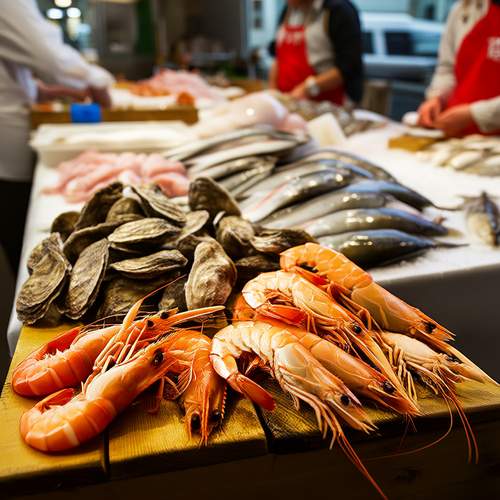
By /May 26, 2025

By /May 26, 2025
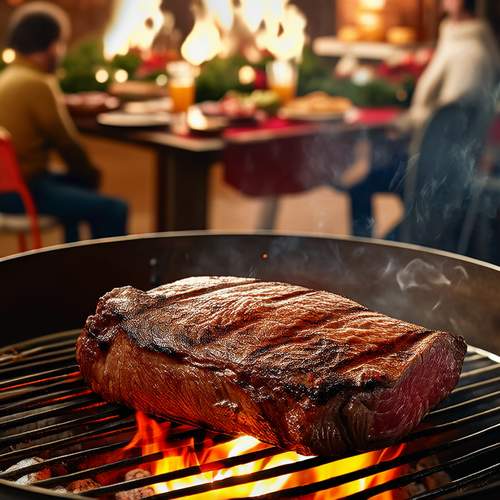
By /May 26, 2025

By /May 26, 2025
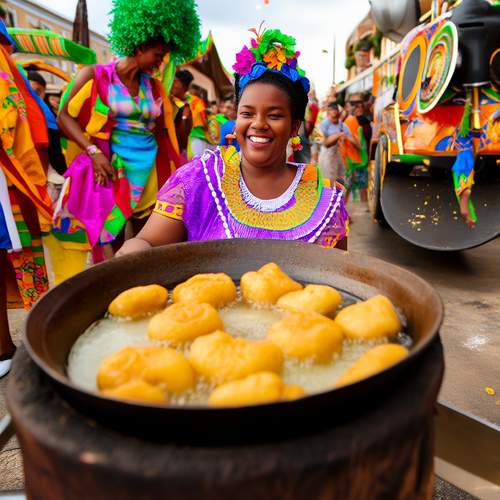
By /May 26, 2025
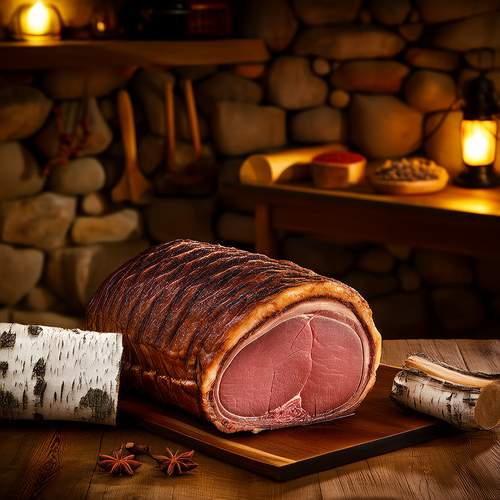
By /May 26, 2025

By /May 26, 2025

By /May 26, 2025
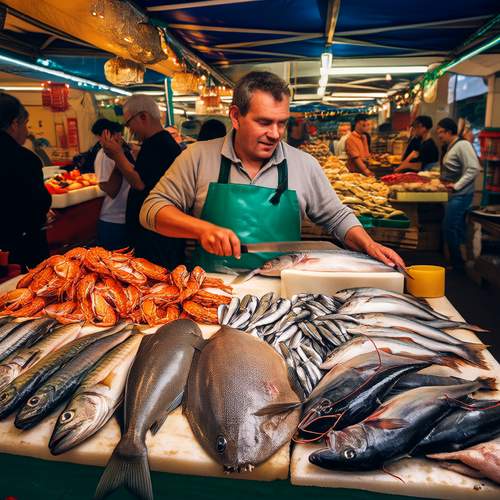
By /May 26, 2025
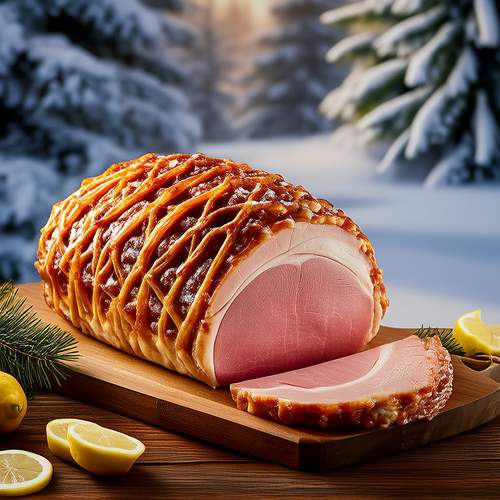
By /May 26, 2025

By /May 26, 2025
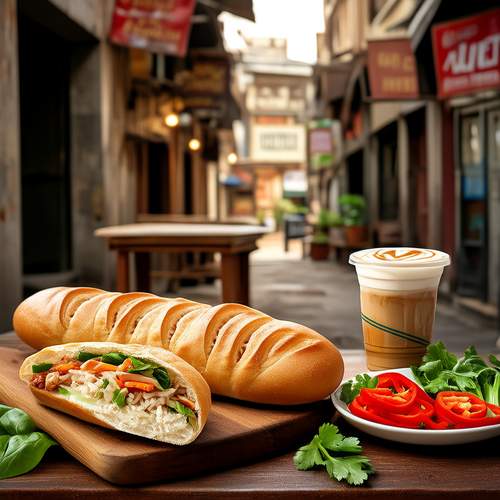
By /May 26, 2025
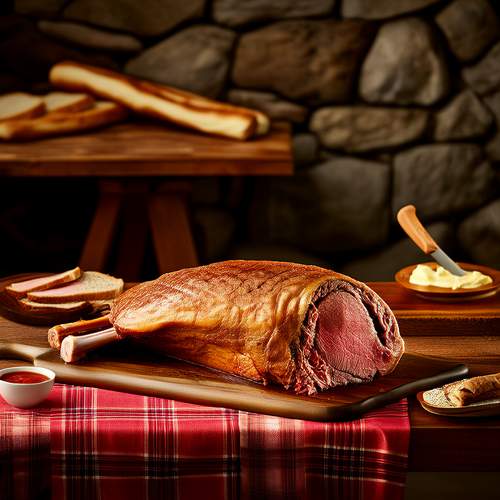
By /May 26, 2025
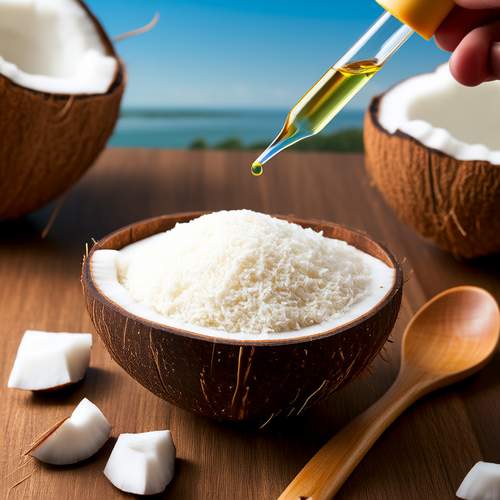
By /May 26, 2025

By /May 26, 2025
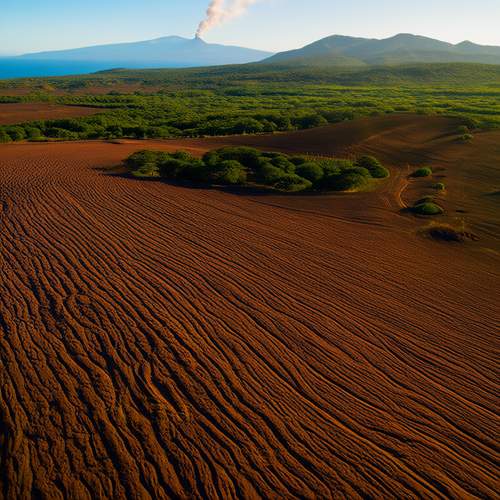
By /May 26, 2025
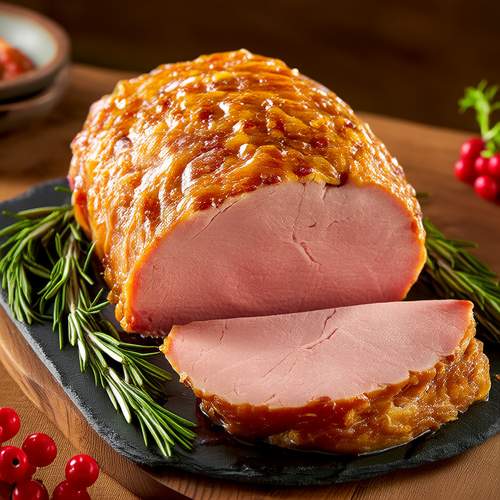
By /May 26, 2025